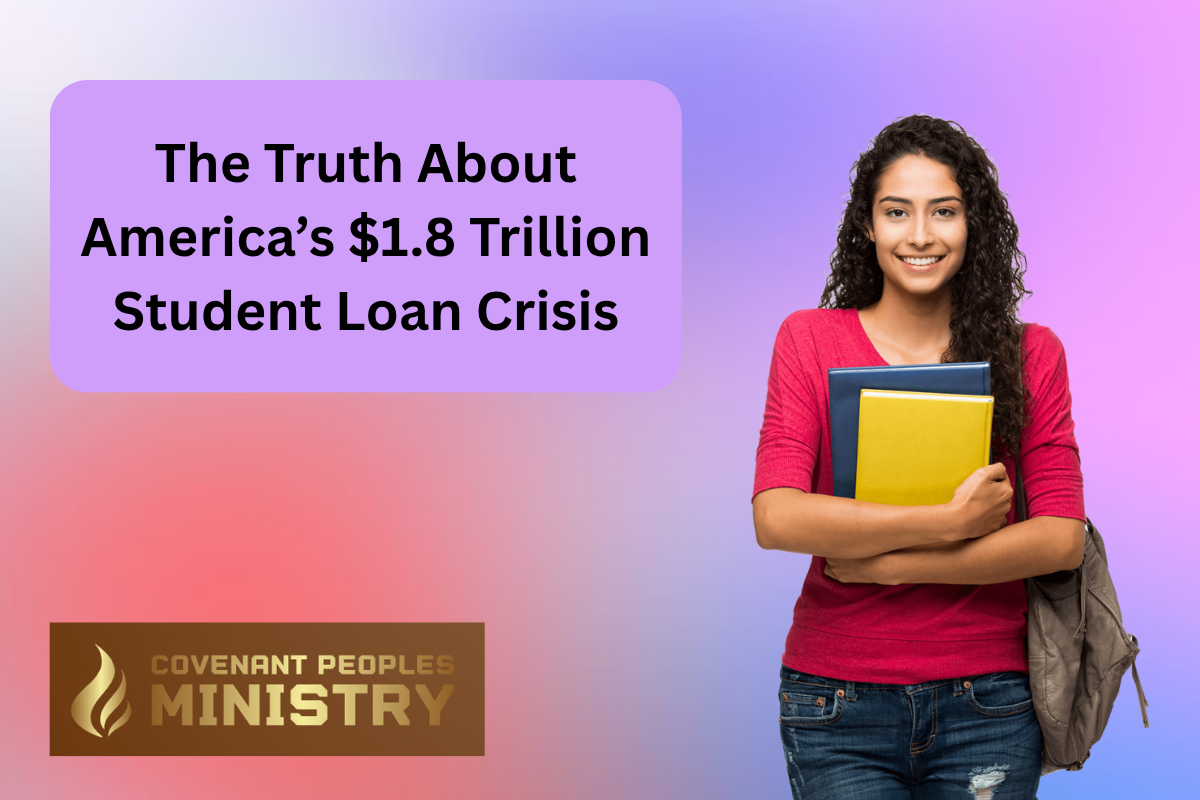As of 2025, student loan debt in the United States has ballooned to an astonishing $1.8 trillion. This crisis is affecting over 43 million Americans, with some carrying balances that rival the cost of a home. While student loans were once seen as a necessary step toward a brighter future, they have now become a source of financial paralysis for millions. But what exactly led to this staggering figure, and what’s being done to address it?
How Did We Get Here?
The root of the student loan crisis lies in decades of tuition hikes, stagnant wages, and government policies that failed to keep up. College tuition has risen by more than 300% since the 1980s, while federal loan programs made borrowing easier without protecting students from predatory institutions or underperforming degrees. Many students took out loans with the promise of high-paying jobs after graduation—only to face a tough job market and overwhelming monthly payments.
Who Is Affected the Most?
While the burden is widespread, certain groups are hit harder than others. Millennials and Gen Z borrowers are the most affected, often starting their careers with tens of thousands in debt. Additionally, borrowers from low-income backgrounds and first-generation college students tend to carry larger balances and have fewer resources for repayment. Women and minorities also face a disproportionate share of the crisis, with women holding nearly two-thirds of the nation’s student debt.
The Ripple Effect on the Economy
Student loan debt isn’t just a personal issue—it’s a national one. Young adults burdened by debt are delaying major life milestones such as buying homes, starting businesses, or even getting married and having children. This slow-down in spending and investment has a direct impact on the broader economy. Meanwhile, mental health concerns related to debt stress are also rising, leading to a growing call for urgent reform.
What’s Being Done—and Is It Enough?
The U.S. government has introduced several relief efforts, such as income-driven repayment plans, forgiveness for public service workers, and one-time cancellation programs. However, critics argue that these measures are temporary band-aids, not long-term fixes. With lawsuits blocking large-scale forgiveness proposals and rising tuition costs continuing unchecked, real systemic change is still needed. Some experts advocate for tuition-free community colleges and stricter regulations on for-profit institutions to prevent future crises.
A Crisis Demanding Action
The $1.8 trillion student loan crisis is more than just a number—it’s a reflection of broken systems in education, finance, and government policy. Until meaningful reform is enacted, millions of Americans will continue to suffer the long-term effects of debt that was meant to help them succeed. Whether through forgiveness, education reform, or financial literacy, the time for change is now.
FAQ’s:
1. How much student loan debt does the average borrower owe?
As of 2025, the average borrower owes around $38,000, but many owe well over $100,000.
2. Are any student loans being forgiven right now?
Yes, certain public service workers and low-income borrowers may qualify for forgiveness under existing programs.
3. Can student loans be discharged in bankruptcy?
It’s very difficult, but possible in extreme hardship cases. Recent reforms may make this easier in the future.
4. What is an income-driven repayment plan?
It’s a repayment option where monthly payments are based on your income and family size, often lowering your bill.
5. What’s the best way to avoid student loan debt?
Consider scholarships, community college transfers, work-study programs, and choosing affordable schools from the start.














